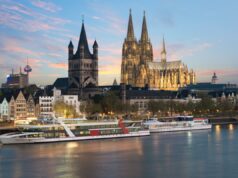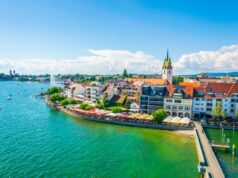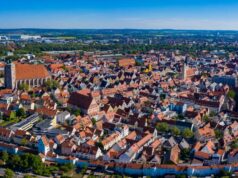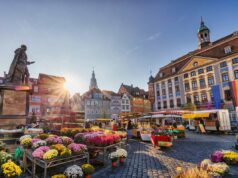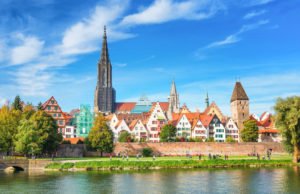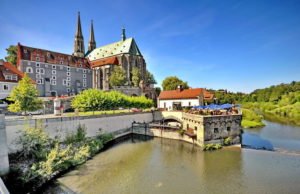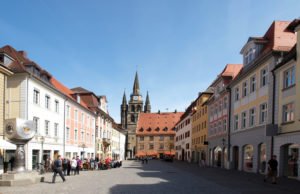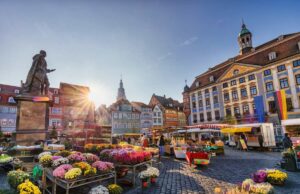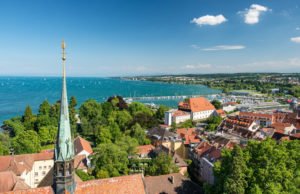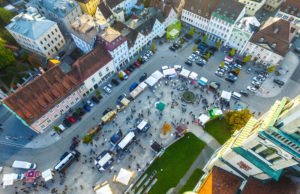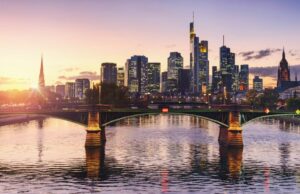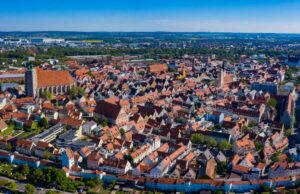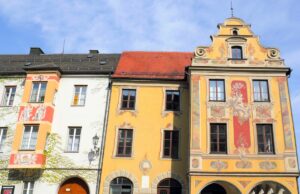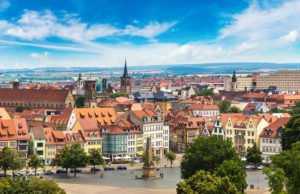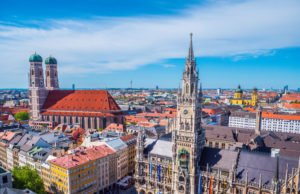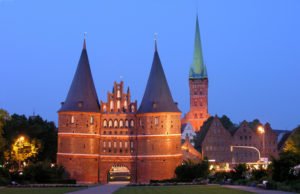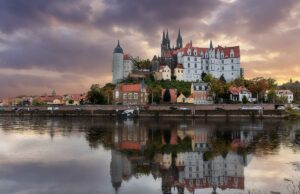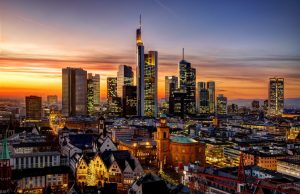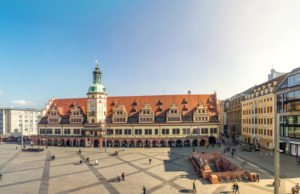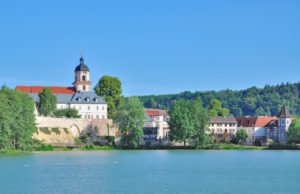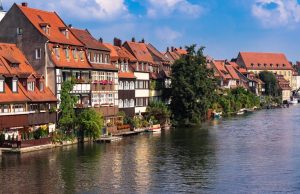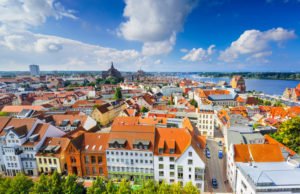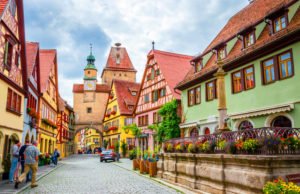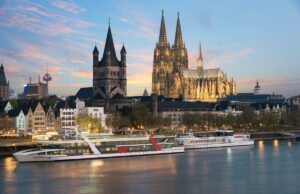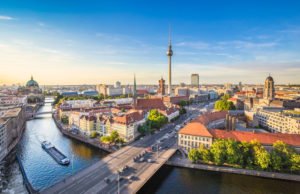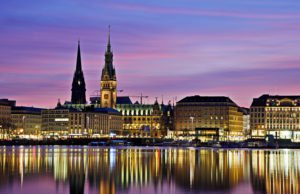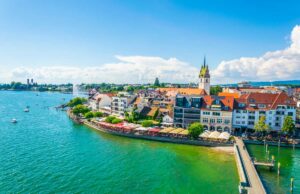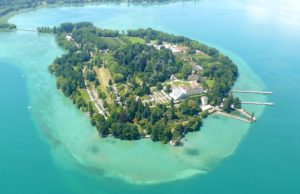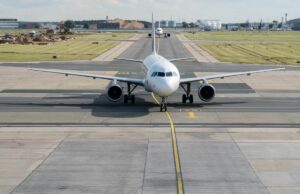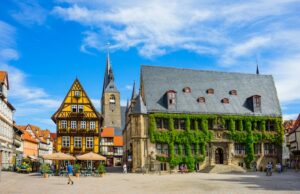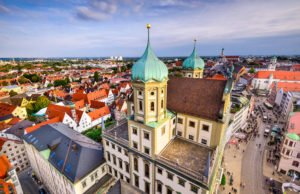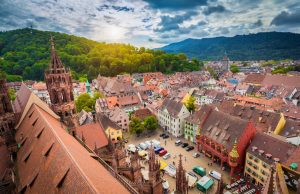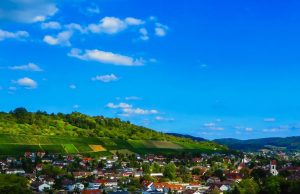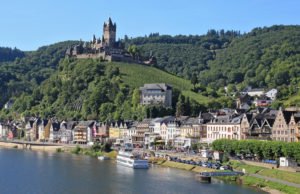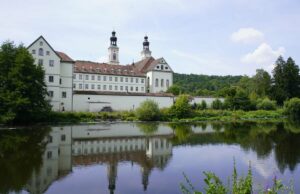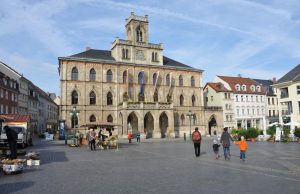An Overview
Yes, Munich Central Station and Munich Hbf (short for Hauptbahnhof, which means “main station” in German) refer to the same train station in Munich, Germany.
In 2006, there was a competition concerning the new design of some buildings of the Munich Hbf. In 2015 this idea was developed further and 2021-2022 first plans were finally solidified. You can find more information on this topic here…
Depending on whether you have any other subscription tickets, what transport you use, and your age, a ticket may cost anywhere between 8 and 17 Euro. More information on tickets and their prices can be found here…
Munich Central Station, also known as Munich Hbf or München Hauptbahnhof in German, is the main railway station in the city of Munich, Germany. This transportation hub in the heart of the city serves as the terminus for regional, national, and international trains. These include the high-speed ICE trains. With over 350,000 passengers passing through its gates every day, Munich Central Station is one of the busiest stations in Germany. In this article, you will find useful information on the main train station of Munich, as well as some words of advice regarding traveling in Munich.
History of Munich Central Station

The construction of the first Munich Central Station, also called Munich Hbf, dates back to the first half of the 19th century. In that time, trains became an increasingly important factor for traffic in the German states. The newly built station in Munich quickly became inadequate to meet the growing demand for rail travel. In 1871, the station was replaced with a new, larger terminal. The purpose of the expansion was to accommodate the increasing number of trains and passengers. This new station, designed by the architect Georg von Hauberrisser, was characterized by its grand neoclassical style and featured a central hall with a glass roof.
Over the years, the station has undergone several renovations and expansions. To keep up with the growing demand for rail travel, it saw a major renovation project in 1992. This included the construction of a new entrance hall, the installation of new escalators, and the expansion of the shopping area. In 2003, a new underground S-Bahn station was added, and in 2010, the station’s main concourse was expanded to create more space for passengers.
One of the most notable features of Munich Hbf is its grand central hall. It spans the entire width of the station. A series of arches supports the hall, while a glass roof t ops it, which allows natural light to flood the space. Two wings, flanking the central hall, house the ticketing and information desks, as well as the shops and restaurants.
In addition to the main building, this train station also has a number of additional structures, including a hotel and a number of office buildings. These buildings are connected to the main station by a series of pedestrian walkways, creating a seamless connection for travelers.
General Information on Munich Hbf

The Munich Hbf serves as a major transportation hub for the city and the region, providing connections to both local and long-distance trains, as well as public transport services such as buses, trams, and subways.
If you’re arriving at Munich Central Station and need to find your way around, there are several resources available to help you navigate the station. One of the most useful tools is the station map, which is available online or at information desks throughout the station. The map shows the location of ticket counters, shops, restaurants, restrooms, and other amenities, as well as the platforms for various trains and public transport services.
Tip: Munich Central Station is a large and busy transportation hub, so it’s important to give yourself plenty of time to navigate the station, find your train or public transport service, and get to your destination.
If you’re looking to travel by bus, there are several bus stops located near Munich Central Station. These stops serve both local and long-distance buses, and provide connections to destinations within Munich and beyond. The station map can help you locate the nearest bus stop and provide information on which bus lines stop there.
In terms of direction, this train station is well-connected to destinations in all directions, with regional and long-distance trains departing to cities across Germany and Europe. The station is also an important hub for local public transport, going in all directions of Munich, with connections to the S-Bahn, U-Bahn, tram, and bus services.
Tickets and Prices

The MVV (Münchner Verkehrs- und Tarifverbund) is the public transport network in Munich, Germany. It covers the entire metropolitan area, including the city of Munich and its surrounding suburbs, and provides an efficient and convenient way for locals and visitors to get around the region.
The MVV network includes buses, trains, trams, and subways, all of which are integrated and operate on a single ticketing system. This means that you can use the same ticket to travel on any mode of transport within the network, making it easy to plan your journeys and get where you need to go.
Tip: Make sure to check the platform information for your train or public transport service, as platforms can change at short notice. This information is usually available on departure boards throughout the station, or you can ask at an information desk.
Tickets for the MVV can be purchased at ticket vending machines located at train and subway stations, as well as on buses and trams. A single ticket for adults cost 3.40 Euro, and a day ticket costs 8.90 Euro. Weekly and monthly passes are also available, as well as special group tickets that allow up to five people to travel together on a single ticket.
The MVV also offers a range of ticketing options for visitors to Munich, including the Munich City Tour Card, which includes free travel on public transport as well as discounts at various attractions and museums around the city.

Facilities and Services at Munich Central Station
The Central Station is more than just a transportation hub; it is also a destination in its own right. The station is home to a variety of shops, restaurants, and service facilities, including a post office, a pharmacy, and a lost and found. There are also several ATMs and currency exchange offices located throughout the station.
For travelers in need of accommodation, there are several hotels located near the station. In addition, there are several left luggage offices where travelers can store their bags while they explore the city.

Connections to Other Modes of Transportation
Munich Central Station is well-connected to the city’s public transportation network, making it easy for travelers to explore the city. The station is served by several tram and bus lines, as well as the S-Bahn, a rapid transit system that serves the greater Munich area. There are also several taxi stands located outside the station, making it easy for travelers to catch a ride to their destination.
Advice: Like any busy transportation hub, Munich Central Station can attract pickpockets and other types of criminals. Stay aware of your surroundings, keep an eye on your belongings, and be cautious when interacting with strangers.
New Munich Central Station
The idea behind the “new face” of the Munich Central Station dates back to 2006, when the architectural office Auer Weber won a competition on urban planning ideas and realization.
First and foremost, a modernization of the Central Station is planned in order to provide more space for bicycles and design the spaces in front of Munich Central Station in an aesthetically pleasing manner. Furthermore, in June 2021 the city council made a decision for a car-free redesign of the station square.

The so-called “Gleishalle” shall remain, but will be renovated.
A new entrance building shall lie at the heart of the train station. The existing building will be completely replaced by a modern terminal that complements the “Gleishalle” to the east. It will consist of seven floors above ground and two below ground. This building is a construction program of the Deutsche Bahn.
Regarding its design, it has been decided, that it is to be transparent and illuminated via a large glass roof. By that means, daylight shall reach even the lower S-Bahn tracks. The glazed front, in turn, will provide a clear view of the station square and a look into the city’s centre.
The final major change shall occur in the Starnberg wing station. This part of the Central Station will receive a completely new look with a high point being added, which shall an urban accent and function as a landmark in the city silhouette. The new wing station will contribute to orientation from many sides.
The new building will focus on house offices, retail, discounter and restaurants. Ideally, all platforms at the Central Station will be made barrier-free from 2021. At the very top of the new Starnberg wing station building, there shall be a restaurant with a view of the city.
For more in-depth information, you can always visit the official website of the city of Munich or the Deutsche Bahn site that concerns itself with the new Munich Central Station
Tip: Munich Central Station is well-connected to the local public transport network, including the S-Bahn, U-Bahn, tram, and bus services. Use these services to explore the city and its surroundings, as they offer a cost-effective and convenient way to get around.
A Must-See Destination for Travelers to Munich
Munich Central Station is a vital transportation hub for the city of Munich and the surrounding region. It offers a convenient location, a wide variety of facilities and services, and connections to other modes of transportation. Therefore, it is a must-see destination for travelers to Munich. From here, you can start exploring the town. Or why not get on a train to one of the many other places Bavaria has to offer? Whether it’s the stunning Neuschwanstein Castle or a hike through Partnach Gorge, the Central Station is your place to start.
Munich Central Station – FAQ
In German the Munich Central Station is called München Hauptbahnhof. It can also be abbreviated as München Hbf, or the English version of it – Munich Hbf.
The Central Station is located in the heart of the city, and there are several ways to get there from the airport. One option is to take the S-Bahn, the rapid transit system that serves the greater Munich area. The S-Bahn line S8 runs from the airport to the station and takes about 45 minutes.
Yes, it is fully accessible for travelers with disabilities. The station has a number of elevators and escalators to help travelers navigate the various levels of the station, and there are also designated parking spaces for travelers with disabilities.






